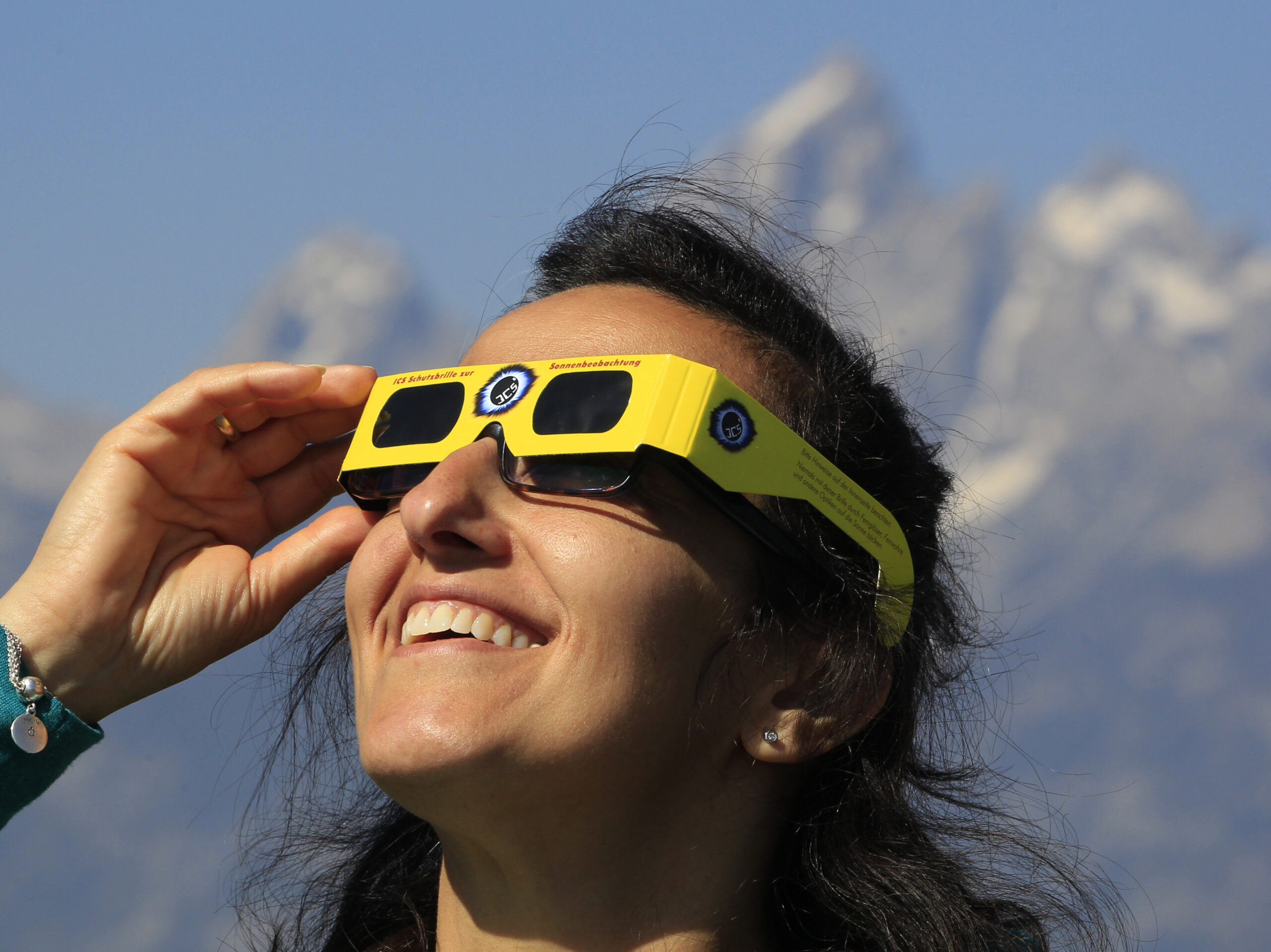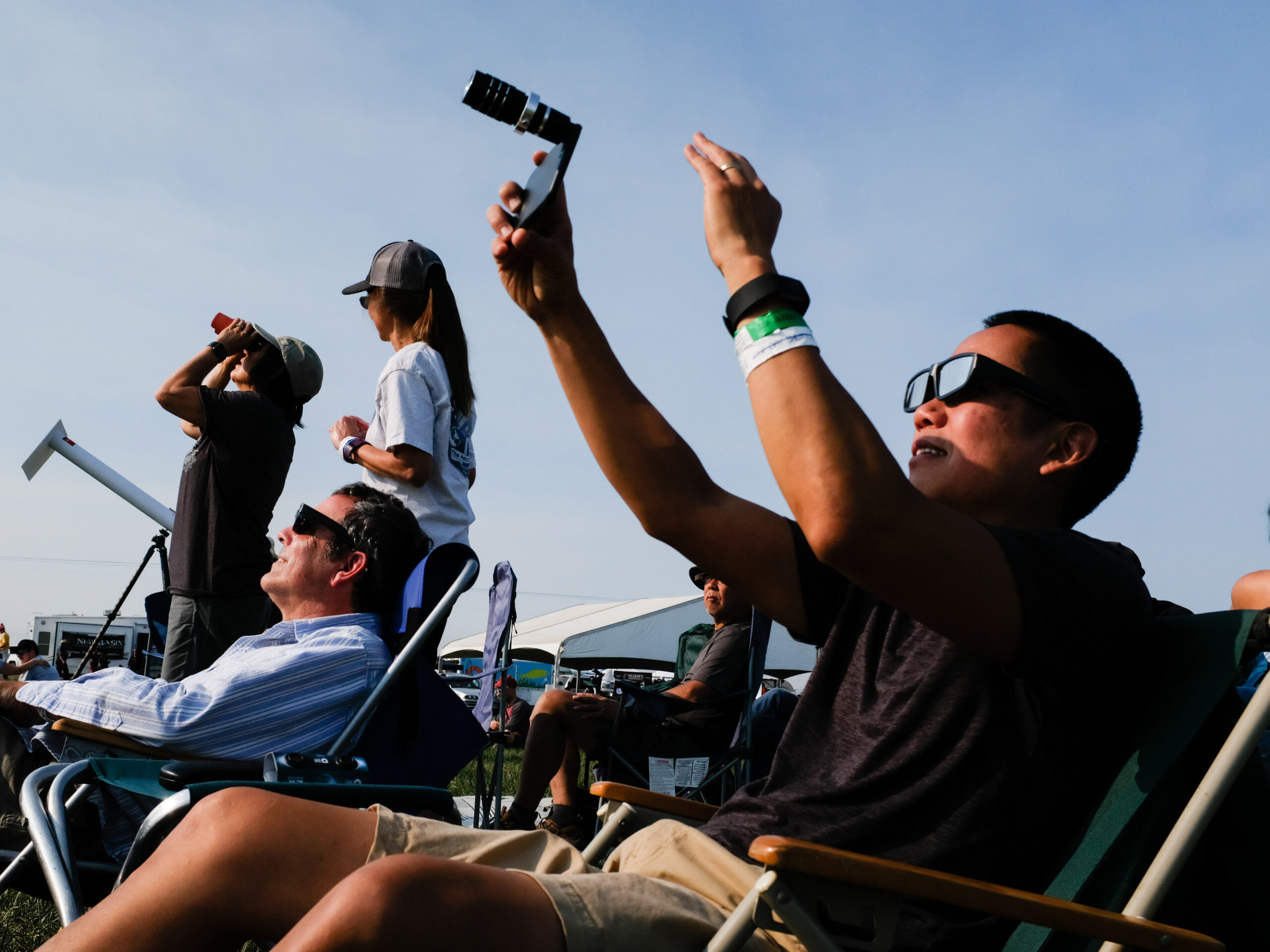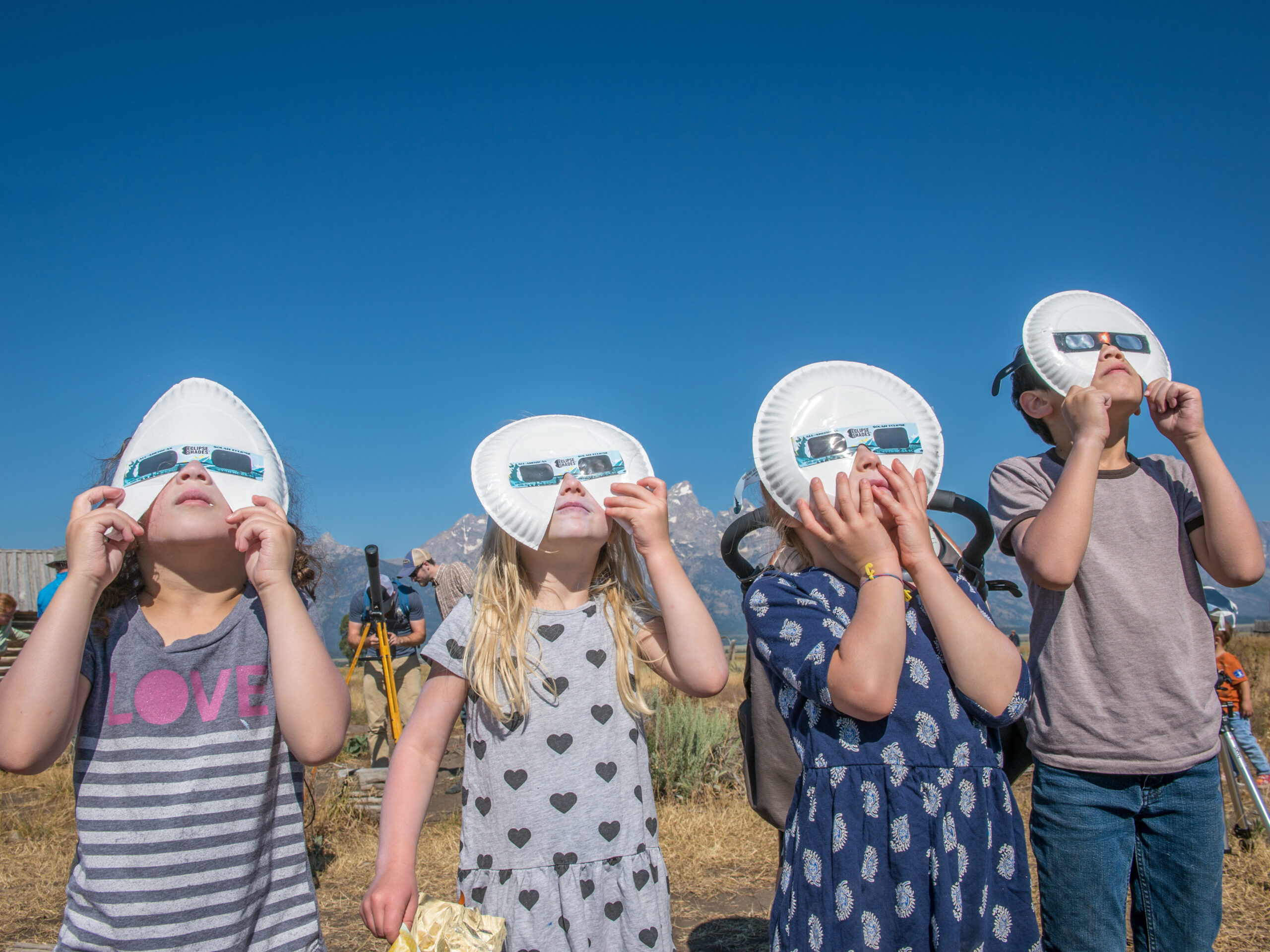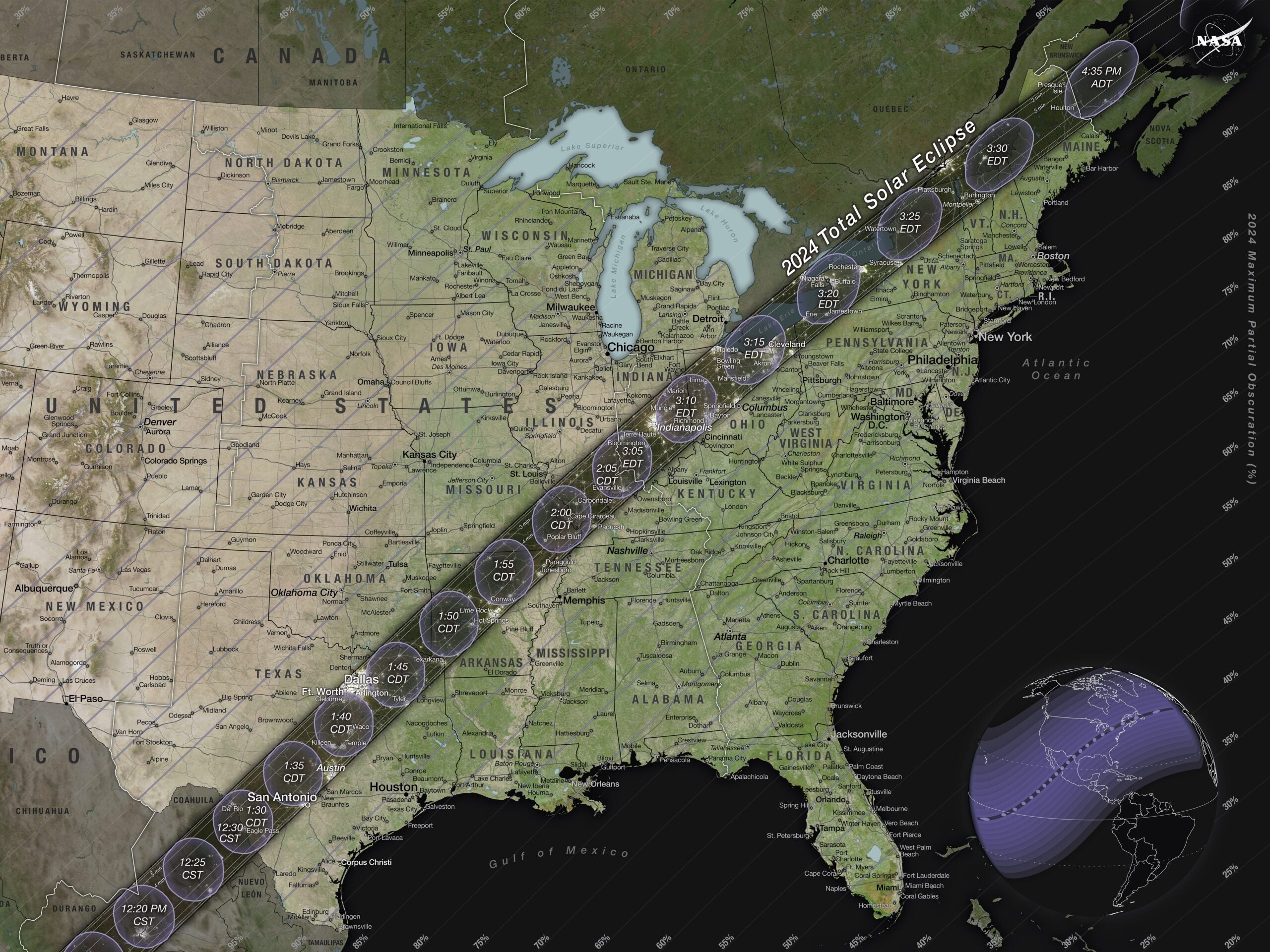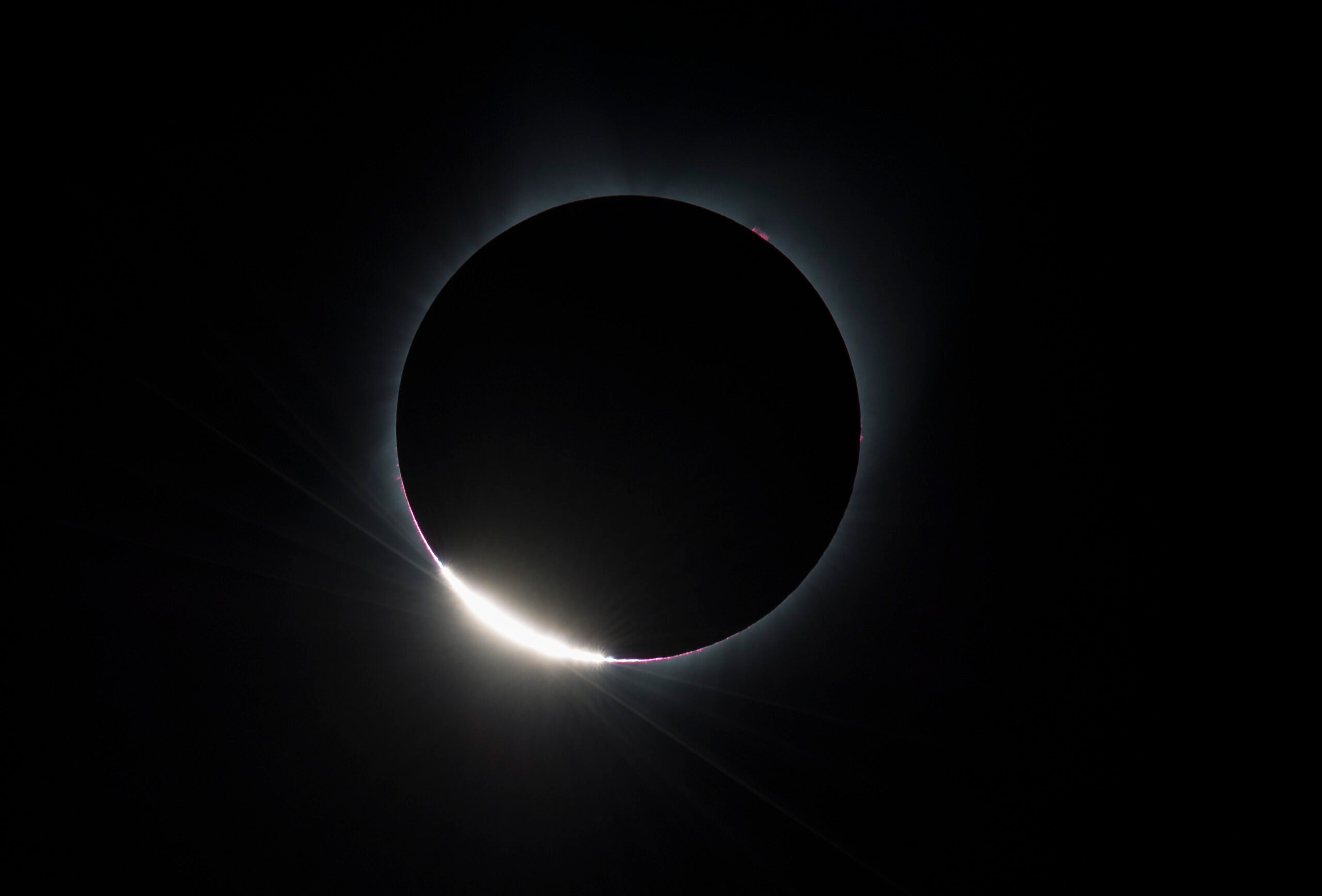A stunning celestial event is visible across the country Monday, when the moon crosses directly in front of the sun: a total solar eclipse. For those in the path of totality, there will be a few brief moments when the moon completely covers the sun and the world becomes dark.
This will be the last chance to catch a total solar eclipse in the continental U.S.for about 20 years, so here’s what you need to know to safely enjoy!
Stay informed on the latest news
Sign up for WPR’s email newsletter.
When is the eclipse?
April 8, 2024 there will be a total solar eclipse that crosses from the Pacific coast of Mexico through the United States.
What is totality and why it mattersAccording to NASACheck out this table for when the partial eclipse and totality are visible in each region or check by zip code here.A partial solar eclipse will be visible across the contiguous United States, so even if you’re not directly in the path, you should be able to see something special, weather permitting.
Unable to get to totality? We’ll be sharing highlights here from across the NPR Network throughout the day Monday if you can’t see it in real time.Where to see totality?
More than 30 million people live in the path of totality for Monday’s eclipse, and many more in nearby areas.
Why totality matters
As NPR’s Neil Greenfieldboyce explains, “During a total eclipse, the sky darkens suddenly and dramatically. The temperature drops. Stars come out. Beautiful colors appear around the horizon. And the once-familiar sun becomes a black void in the sky surrounded by the glowing corona — that’s the ghostly white ring that is the sun’s atmosphere.”
A partial eclipse, while still a fun experience, is hardly as dramatic. Those with a view of the partial eclipse will see crescent-shaped shadows like those seen here in 2017.
How to watch safely
If you plan to look directly at the eclipse (partial or totality), you’re going to need eclipse glasses handy because looking directly at the sun without proper protection (traditional sunglasses don’t count!) can be harmful to your eyes.
As NPR’s Joe Hernandez explains, “Proper eye protection must be worn throughout a total solar eclipse — except for the roughly 3 1/2 to 4 minutes when the moon fully obscures the sun, a brief period known as ‘totality.’ (You will need to take your glasses off during totality to actually see it.)”
If you don’t have access to eclipse glasses, you can get crafty with things you have around the house (like some of us did back in 2017!) More on that here.
Traveling for totality?
The celestial event is driving a ton of domestic travel to the path of totality. If you’re headed out of town to view the eclipse, here are some NPR Network resources for areas in the path of totality:
Texasinflux of visitorsthe hundreds of thousands
- San Antonio: Check out the latest from Texas Public Radio
- Dallas: Explore KERA’s coverage for the latest
- Austin: Head to KUT for the best local resources
Little Rock Public RadioMissouri
Whitewater and Ste. Genevieve. St. Louis Public Radio
Illinois
Carbondale both in 2017 and for this year’s eclipse Illinois Public MediaIndiana
- Bloomington: Check out Indiana Public Media
- Indianapolis: Head to WFYI for the latest
- Fort Wayne: Just north of the path of totality, WBOI has resources for the Allen County area
- Cleveland: Head to Ideastream Public Media for the latest.
- Columbus: With the capital city just south of totality, head to WOSU for regional resources.
- Cincinnati: Totality will just miss the border town. Here are some tips from WVXU on how to navigate the eclipse in the region.
WESANew York
- Buffalo: Head to WBFO for the latest
- Syracuse: WAER has more on plans in the Salt City
- North Country: NCPR has the latest from across the region, as well as information on local viewing events to check out
Vermont Public
New Hampshire
NHPRMaine
Maine Public
How to document the eclipse safely
With the ease of cell photography, it can be tempting to reach for your phone to document the eclipse and the moments of totality, but make sure to do so safely.
As NPR’s Scott Neuman explains, “For starters, you’ll need to wear eclipse glasses or similar protective eye gear while aiming your camera or even just observing the eclipse.”
Feeling ambitious? Here are a few more tips.
Or if you’re not inclined to capture the moment visually, you lean into some other forms of creative expression. Indiana, for example, has named Linda Neal Reising the official poet in the state for this year’s eclipse.
As former NPR reporter and eclipse superfan David Baron shared with Life Kit, viewing totality “[is] like you’ve left the solar system and are looking back from some other world.” So consider focusing on being present in the moment to enjoy the celestial spectacle.
More resources to enjoy the eclipse
- Sharing the eclipse with tiny humans? Check out these kid-friendly total solar eclipse learning guides from Vermont Public’s But Why, and this great explainer from KERA Kids on the difference between a solar and a lunar eclipse.
- Plan to wander into the wild for the best view? Here are some tips from outdoor experts.
- Tips from Bill Nye on the best ways to enjoy the eclipse.
NPR will be sharing highlights here from across the NPR Network throughout the day Monday if you’re unable to get out and see it in real time. NPR’s Emily Alfin Johnson compiled these resources.
9(MDAyMjQ1NTA4MDEyMjU5MTk3OTdlZmMzMQ004))

